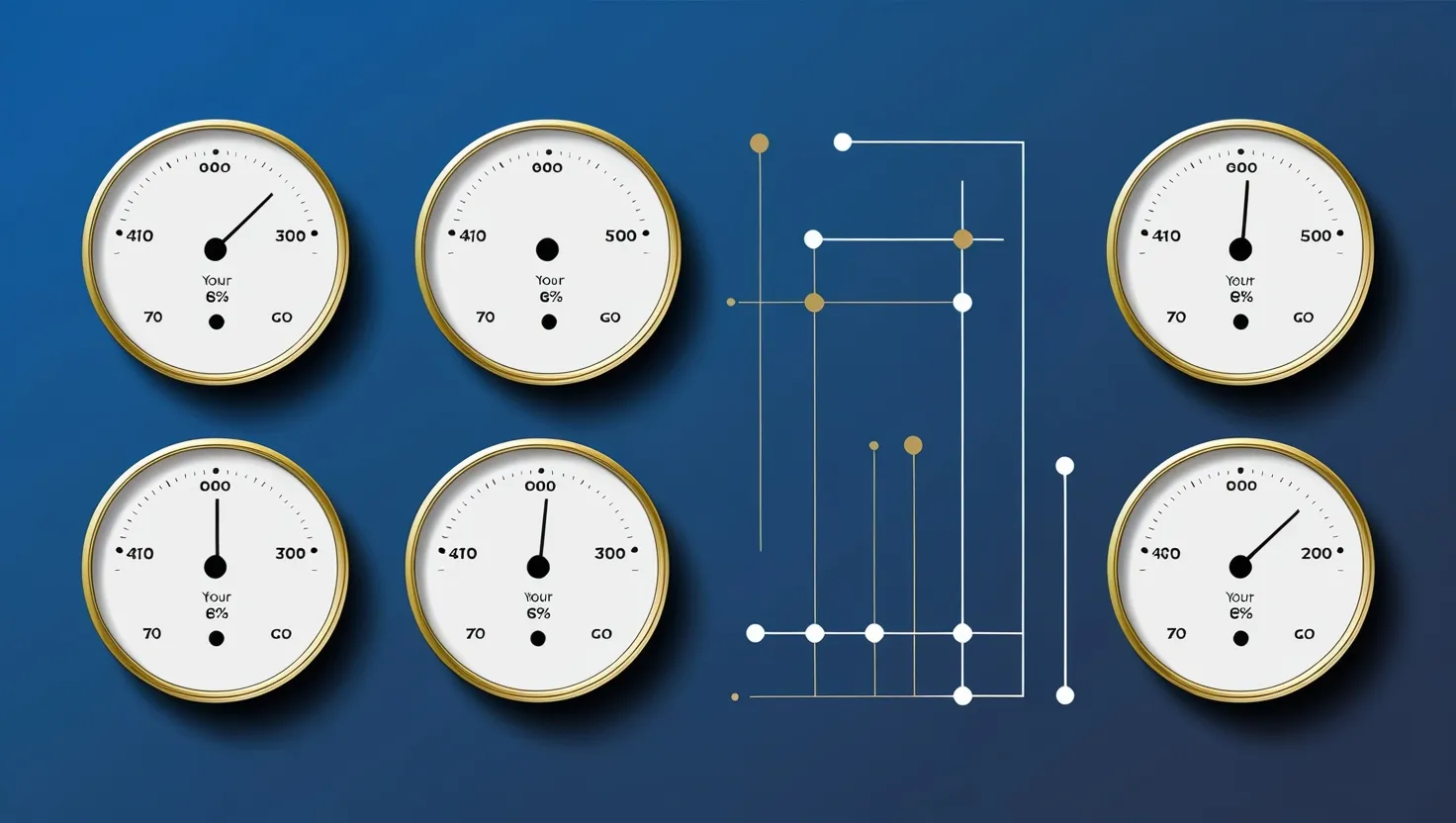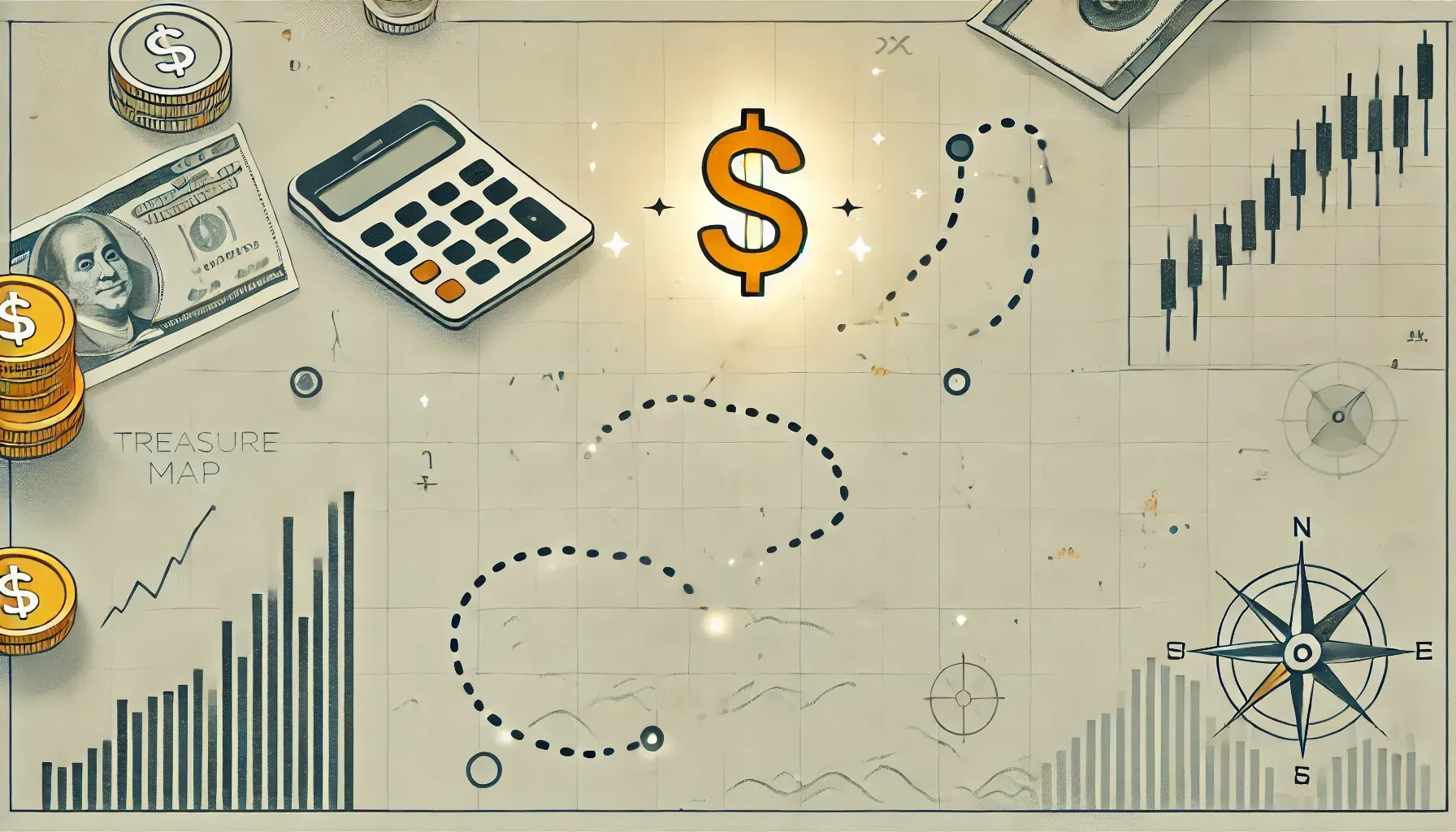The Productivity App Paradox: Why Less Is More
In our hyper-connected world, we're constantly bombarded with promises of increased productivity through the latest and greatest apps. It's like a never-ending buffet of digital tools, each claiming to be the secret sauce to getting more done. But here's the kicker - these apps might actually be sabotaging our productivity instead of boosting it. Let's dive into this wild world of productivity tools and figure out why sometimes, less really is more.
Picture this: You wake up, grab your phone, and bam! A flood of notifications hits you like a tidal wave. Task reminders, project updates, team messages - it's enough to make your head spin before you've even had your morning coffee. Sound familiar? You're not alone. We've all been there, drowning in a sea of apps that were supposed to make our lives easier.
The irony is thick enough to cut with a knife. These tools, designed to streamline our work, often end up being the very things that derail our focus. It's like buying a fancy new vacuum cleaner only to trip over the cord every time you try to use it. Frustrating, right?
Let's talk numbers for a sec. Did you know that the average worker spends nearly an hour each day just juggling different apps and communication channels? That's a whole lot of time that could be spent, you know, actually working. It's like playing digital whack-a-mole, constantly switching between apps, trying to keep up with the never-ending stream of information.
But it's not just about wasted time. There's an energy drain that comes with this constant app-hopping. By the time you've updated your task list, responded to Slack messages, and checked your project management tool, you might feel like you've run a marathon - without actually accomplishing anything substantial.
Now, let's chat about the distraction factor. Many of these apps are designed to be engaging - maybe a little too engaging. They've got all these bells and whistles, points systems, and progress bars that make you feel like you're playing a game. At first, it's kind of fun. You're ticking off tasks, watching your productivity score climb, feeling like a total boss.
But here's the catch - real work isn't always as neat and tidy as these apps make it seem. Sometimes, the most important tasks are the ones that take time, deep thought, and can't be easily quantified by a points system. Before you know it, you're more focused on "winning" at the app than actually getting meaningful work done.
And let's not even get started on the planning trap. You know what I'm talking about - spending so much time meticulously organizing your to-do list that you don't actually do anything on it. It's like color-coding your closet instead of putting on clothes and going outside. Sure, it looks pretty, but it's not really moving you forward.
Then there's the instant gratification problem. We've gotten so used to the quick hits of dopamine from social media likes and instant messages that we expect the same from our work. But here's the thing - real, meaningful work often doesn't provide that instant payoff. It's more of a slow burn, and that can feel unsatisfying in our fast-paced digital world.
This is especially tricky in the world of remote work. Tools like Slack, which are great for quick communication, can turn into productivity quicksand if we're not careful. That constant ping of new messages can make it feel like we're being productive, but in reality, we're just reacting instead of creating.
So, what's the solution? Do we just chuck our phones out the window and go back to carrier pigeons? Not quite (though I bet a carrier pigeon would be a fun conversation starter in a Zoom meeting). The key is to build better work habits before relying on any app to save the day.
Think of it like learning to cook. You wouldn't expect to become a master chef just by buying fancy kitchen gadgets, right? You need to learn the basics first - how to chop, how to season, how to not burn water (easier said than done, trust me). The same goes for productivity. Before you dive into the world of apps, make sure you've got a handle on basic time management and task prioritization.
Now, let's talk about the gamification trap. It's like productivity apps have taken a page out of the video game playbook, trying to make work feel like a game. And while that can be fun at first, it can also lead us astray. We start focusing on racking up points or completing the most tasks, rather than doing the work that really matters. It's like trying to win at Tetris when what you really need to do is build a house.
In the world of remote and hybrid work, we need to get better at async literacy. That's a fancy way of saying we need to learn how to work effectively without constant real-time communication. It's about creating systems where information is easily accessible, so people don't have to interrupt each other constantly just to get basic info.
Some companies are taking bold steps in this direction. For example, Doist (ironic, I know) ditched Slack in favor of internal message boards. It's like they're bringing back the old-school forum, but with a modern twist. The idea is to cut down on the noise and allow for more focused, thoughtful communication.
Now, I'm not saying you should ditch all your apps and start carving your to-do list into stone tablets (though that would be pretty epic). For some people, the tried-and-true method of pen and paper works wonders. There's something about physically writing down tasks that makes them feel more real, more urgent.
Others swear by distraction-blocking tools. These are like digital bouncers, keeping all the rowdy, attention-seeking websites and apps out of your workspace during focus time. It's like putting blinders on a horse, except you're the horse, and the blinders are keeping you from falling down the YouTube rabbit hole.
The key is to find what works for you. Maybe you use a task management app for big-picture planning, but stick to a physical notebook for daily to-dos. Or perhaps you combine a distraction blocker with timed work sessions. It's all about experimenting and finding your productivity sweet spot.
But here's a thought - maybe we need to take a step back and look at the bigger picture of productivity. Our society has become obsessed with the idea that every moment needs to be productive. It's like we're all trying to be human versions of those self-checkout machines at the supermarket - constantly working, never taking a break.
But guess what? That's not how humans work. We're not machines. We need downtime, we need to daydream, we need to stare out the window and contemplate the meaning of life (or what we're having for dinner, both are equally valid). Sometimes, the most productive thing you can do is absolutely nothing.
So, what's the takeaway from all this? Productivity apps aren't inherently evil. They're like any tool - useful when used correctly, but potentially harmful if misused. The secret sauce of productivity isn't in finding the perfect app. It's in developing good work habits, simplifying your digital toolkit, and figuring out what works best for your unique brain.
Remember, at the end of the day, these apps are supposed to serve you, not the other way around. If you find yourself becoming a slave to your productivity tools, it might be time to step back and reassess. Maybe that means going old school with a pen and paper, or maybe it means finding a minimalist app that doesn't try to gamify your entire life.
The goal isn't to squeeze productivity out of every waking moment. It's to create a work life that's balanced, fulfilling, and yes, productive - but on your own terms. So go ahead, experiment with different tools and techniques. But don't forget to listen to your own instincts and needs. After all, the best productivity system is the one that works for you, even if it's not the flashiest or most high-tech.
And hey, if all else fails, there's always the trusty old sticky note method. Sometimes, the simplest solutions are the best ones. Now, if you'll excuse me, I've got a date with my notebook and a cup of coffee. Here's to finding your own path to productivity, one task at a time!






